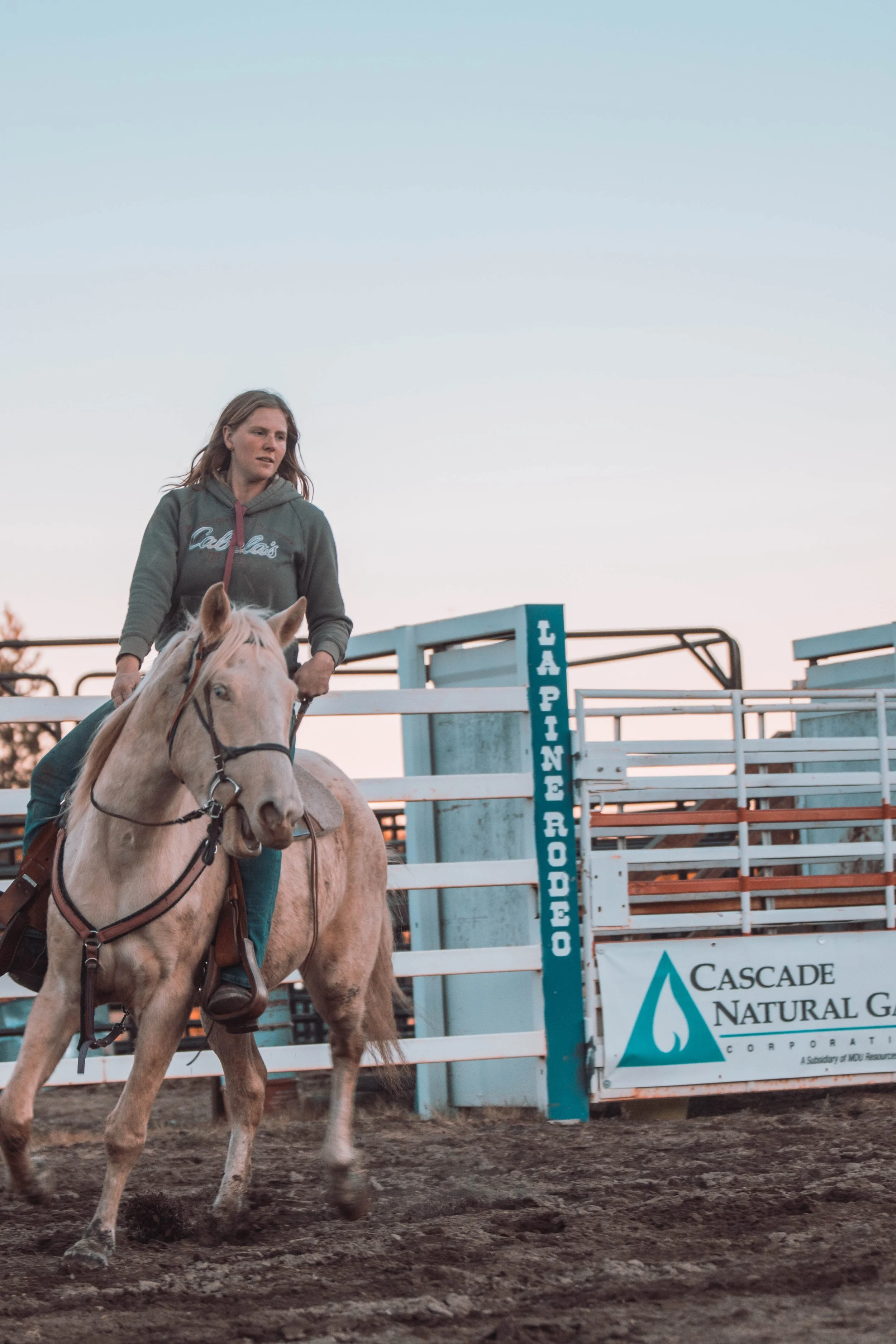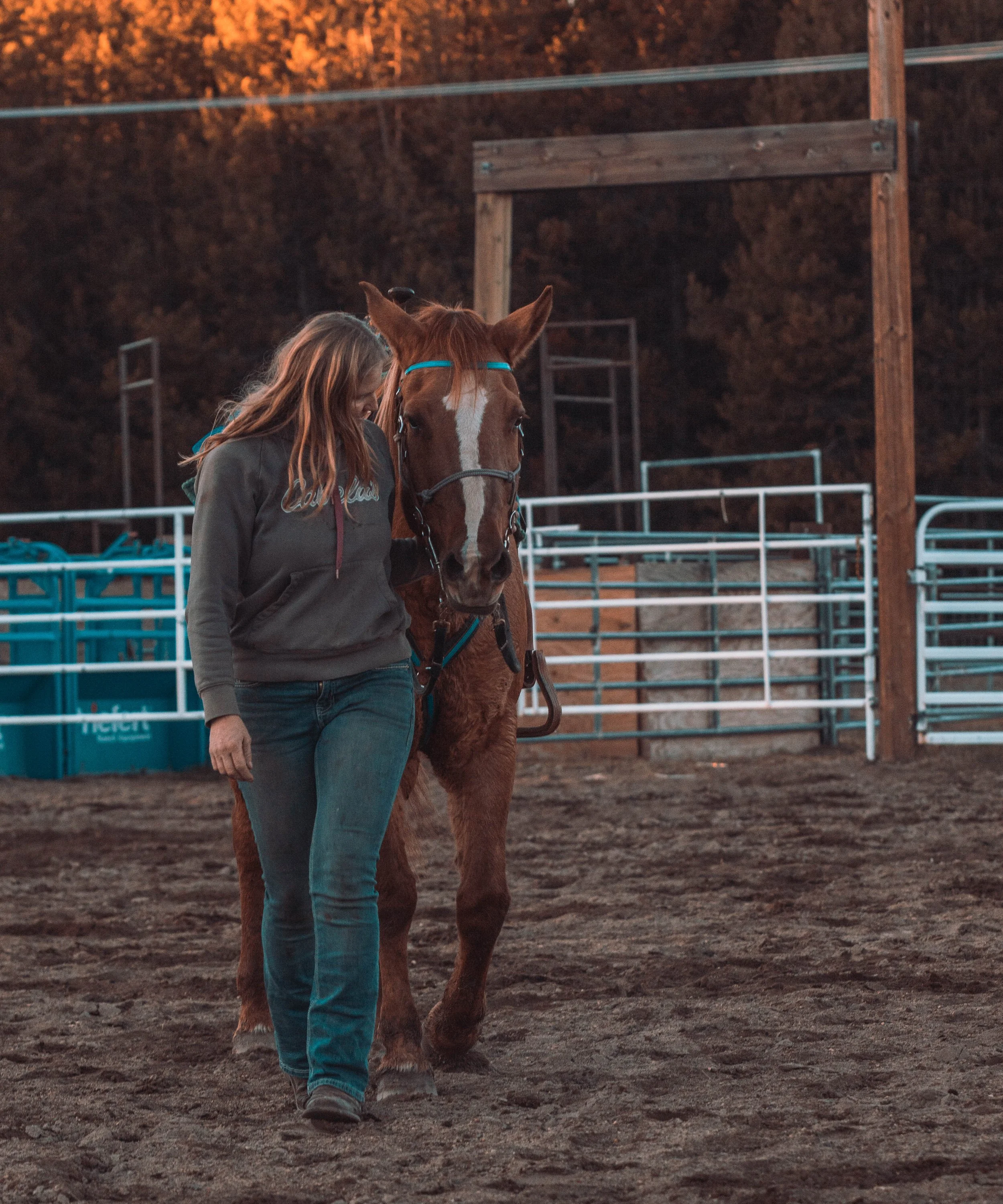How to Photograph Horses: Capturing the Beauty and Majesty of Equine Subjects
Photographing horses is an exciting and rewarding experience. Their powerful presence, graceful movements, and soulful expressions make them captivating subjects. However, horses are also dynamic and can be challenging to photograph if you don’t plan ahead. Whether you’re aiming for dramatic action shots, intimate portraits, or a serene scene, these tips will help you create stunning horse photography.
1. Understand Horse Behavior
Before diving into your photoshoot, spend time observing the horse. Horses are highly perceptive and can pick up on your energy. A calm and patient demeanor helps them feel at ease. Learn a bit about their body language:
Ears Forward: The horse is alert and curious, which makes for a great photo.
Pinned Ears: Indicates discomfort or agitation—give the horse space.
Relaxed Posture: Perfect for candid, natural shots.
Understanding these cues ensures a safer and more productive shoot.
2. Plan the Best Time and Setting
Horses look their best in soft, natural light. Golden hour, shortly after sunrise or before sunset, is ideal for creating warm, flattering light that accentuates their coat, mane, and muscle tone. Midday light can create harsh shadows, so avoid it if possible.
Choose a setting that complements the horse. Open pastures, arenas, or forested trails can provide beautiful, uncluttered backdrops. Ensure the environment is safe and familiar to the horse to keep them comfortable.
3. Choose the Right Camera Settings
Horses are often in motion, so having the right camera settings is crucial:
Shutter Speed: Use a fast shutter speed (1/1000 or faster) for action shots to freeze motion, like galloping or jumping.
Aperture: A wide aperture (f/2.8–f/5.6) creates a shallow depth of field, isolating the horse from the background for portraits.
ISO: Adjust based on the lighting. Lower ISO (100–400) is ideal in good light; increase it in low light to maintain fast shutter speeds.
Use continuous shooting mode for action shots to capture a series of movements and pick the best one later.
4. Focus on Key Features
When photographing horses, pay attention to their most expressive features:
Eyes: The eyes convey personality and emotion. Ensure they are sharp and in focus.
Ears: Horses with ears forward look attentive and engaged. Avoid shots where ears are pinned back unless you’re capturing a specific mood or moment.
Coat and Mane: Side lighting works well to highlight the horse’s glossy coat and flowing mane.
5. Capture Movement and Action
Horses are known for their powerful movement, so action shots can be stunning. Plan for:
Galloping or Trotting: Use a telephoto lens (70-200mm) to keep a safe distance while capturing close-up shots.
Jumping: Position yourself at the jump for dramatic mid-air photos. Ensure your shutter speed is fast enough to freeze motion.
Running Freely: If the horse is loose in a pasture, focus on capturing their natural movements and energy.
Keep the horse’s handler nearby to guide the horse into the best positions safely.
6. Experiment with Angles
The right angle can make or break a horse photograph. Experiment with:
Low Angles: Shooting slightly below eye level makes the horse look majestic and powerful.
Profile Shots: Horses have beautiful profiles. Position yourself side-on to capture their head and neck.
Close-Ups: Highlight details like their eyes, muzzle, or the texture of their coat.
Wide Shots: Incorporate the environment to tell a story, such as a horse grazing in a vast field or galloping through a forest.
7. Work with the Horse’s Handler
A knowledgeable handler is invaluable during a horse photoshoot. They can:
Help position the horse.
Get the horse’s attention for forward ears by making soft noises.
Calm the horse if it becomes nervous or distracted.
Always communicate clearly with the handler about your goals for the session.
8. Include Candid and Interaction Shots
Some of the most meaningful photos are candid moments. Look for opportunities to capture:
A horse interacting with its rider.
A playful moment in the pasture.
A quiet, peaceful expression while the horse rests.
Candid shots add depth and authenticity to the collection.
9. Use Props and Gear Thoughtfully
Props like saddles, bridles, and blankets can enhance the shoot but should be clean and well-fitted. If you’re photographing a horse without tack, ensure the halter or bridle is removed carefully to avoid marks on the coat.
For creative shots, incorporate natural elements like flowers, fences, or tree branches to frame the horse.
10. Be Patient and Adaptable
Horses don’t pose like humans, so patience is key. If a horse is fidgety or uncooperative, take a break and allow them to relax. Stay flexible and ready to capture spontaneous moments—they’re often the most magical.
Photographing horses is as much about understanding their nature as it is about mastering technical skills. With the right preparation, patience, and creative vision, you can capture images that showcase their beauty, power, and spirit. Whether it’s a dynamic gallop, a serene portrait, or a candid interaction, every photo is an opportunity to tell the unique story of these magnificent animals.











